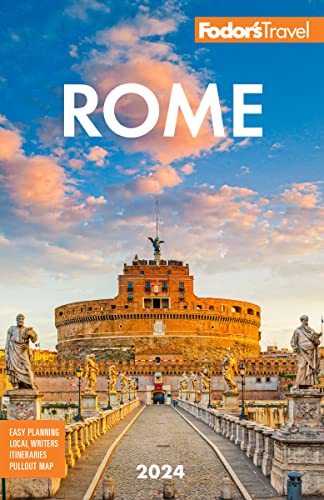Rome's Fountains
Anyone who's thrown a coin backward over their shoulder into the Fontana di Trevi to ensure a return to Rome appreciates the magic of the city's fountains. From the magnificence of the Fontana dei Quattro Fiumi in Piazza Navona to the graceful caprice of the Fontana delle Tartarughe in the Jewish Ghetto, the water-spouting sculptures seem as essential to their piazzas as the cobblestones and ocher buildings that surround them.
Rome's original fountains date back to ancient times, when they were part of the city's remarkable aqueduct system. But from AD 537 to 1562, the waterworks were in disrepair, and the city's fountains lay dry and crumbling. Romans were left to draw their water from the Tiber and from wells. During the Renaissance, the popes brought running water back to the city as a means of currying political favor. To mark the restoration of the Virgin Aqueduct, architect Giacomo della Porta designed 18 unassuming, functional fountains. Each consisted of a large basin with two or three levels of smaller basins in the center, which were built and placed throughout the city at points along the water line.
Although nearly all of della Porta's fountains remain, their spare Renaissance design is virtually unrecognizable. With the Baroque era, most were elaborately redecorated with dolphins, obelisks, and sea monsters. Of this next generation of Baroque fountaineers, the most famous is Gian Lorenzo Bernini. Bernini's writhing, muscular creatures of myth adorn most of Rome's most visible fountains, including the Fontana di Trevi (perhaps named for the three streets, or "tre vie," that converge at its piazza); the Fontana del Nettuno, with its tritons, in Piazza Barberini; and, in Piazza Navona, the Fontana dei Quattro Fiumi, whose hulking figures represented the four great rivers of the known world: the Nile, the Ganges, the Danube, and the Plata.
The most common type of fountain in Rome, however, is a kind rarely noted by visitors: the small, inconspicuous drinking fountains that burble away from side-street walls, old stone niches, and fire hydrant–like installations on street corners. You can drink this water, and many of these fontanelle even have pipes fitted with a little hole from which water shoots up when you press your hand under the main spout.




